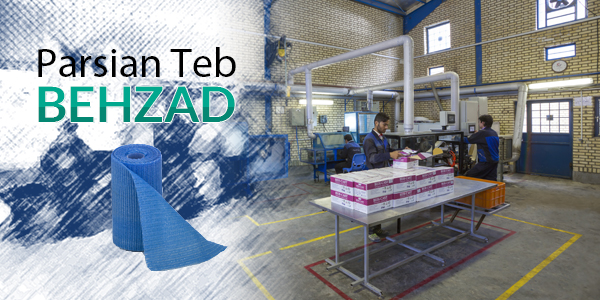Some athletes suffer from knee pain below the patella (kneecap) known as patellar tendonitis. The majority of athletes affected by patellar tendonitis are between the ages of 10 and 16. The pain usually has a gradual onset due to overuse activity. If tendonitis is left untreated, the pain can become debilitating and additional injury may occur.
Your knee joint is made up of two bones: the femur (thigh bone) and tibia (shin bone). The patella is a large bone that sits in the anterior (front) portion of your knee. Over the top of the patella is the tendon which attaches to the middle of the tibia. This tendon keeps your patella in the femoral groove for normal knee function. The patellar tendon allows you to jump, pedal a bicycle, and kick a ball. However, if these activities become too repetitive, or if you are negligent in stretching, the patellar tendon may become inflamed and painful.
Signs and Symptoms
Pain is usually the first symptom of patellar tendonitis. It may begin as sharp pain just below your kneecap during activity and persist to a dull ache after activity lasting several minutes to hours. If your activity is increased in intensity, you may have pain before, during, and after activity. This can make it difficult to climb up and down stairs. For some, pain may become a constant ache and can make sleeping uncomfortable and difficult. You may also notice swelling of the knee below the patella.
Causes
Patellar tendonitis is an overuse injury. When repeated stress is placed on your patellar tendon it begins to tear microscopically. Your body attempts to repair these tiny tears; however, if tears are happening faster than they can be repaired, the tendon will become inflamed. Several factors can cause of patellar tendonitis. These factors include: intensity and frequency of activity, being overweight, inflexibility of leg muscles, and muscular imbalance.
Treatment
There are several treatment options for patellar tendonitis. Most people will benefit from conservative treatment (non-surgical). The first and foremost treatment is rest. Furthermore, determine which activities are causing the most pain and rest from those specific activities.
A well-known acronym, R.I.C.E., is very helpful in treating acute tendonitis. It stands for rest, ice, compression, and elevation. Ice is the best way to reduce inflammation around the patellar tendon. For more chronic cases, moist hot packs and ultrasound treatments can be helpful. Stretching is another very important factor in controlling patellar tendonitis. Inflexibility of your quadriceps, hamstrings, and calf muscles can place more tension on the patellar tendon, causing it to tear and become inflamed and painful.
Non-steroidal anti-inflammatory medications (NSAID’s) such as ibuprofen can reduce the pain and swelling. Lastly, sometimes wearing an infrapatellar (below the kneecap) strap around the knee can provide some relief from pain. These straps help change the angle at which the patella tendon pulls on the bony attachment.
Prevention
With proper conditioning patellar tendonitis can be prevented. Strengthening muscles around your knee helps support the patellar tendon. Increasing the strength and flexibility of your quadriceps muscle allows it to handle the weight placed upon it during activity. Also, improper technique during activity may be placing unnecessary stress on tendons. Consider improving these techniques and the risk of patellar tendonitis can be reduced.




















